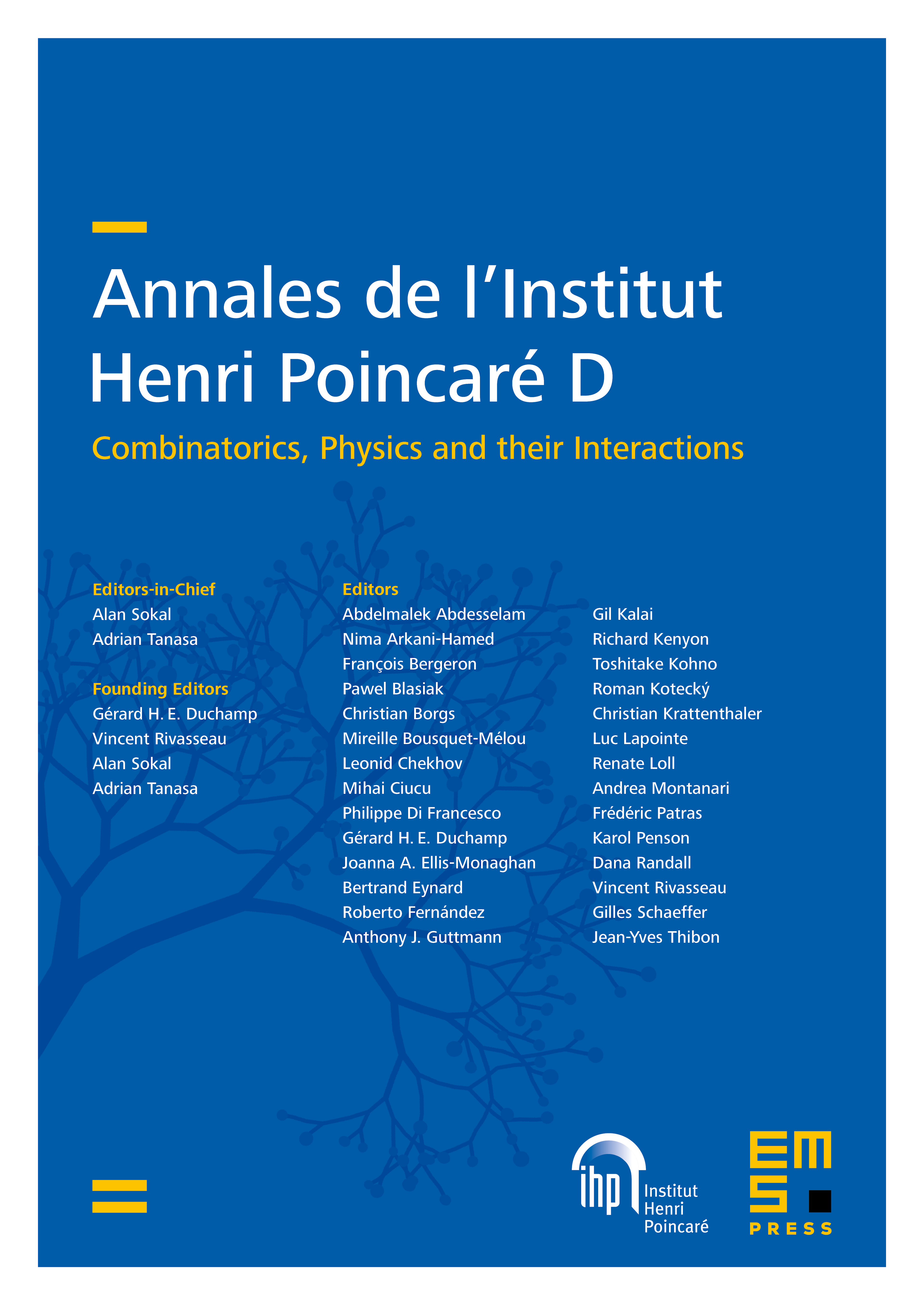Permutation invariant tensor models and partition algebras
George Barnes
Queen Mary University of London, London, UKAdrian Padellaro
Bielefeld University, Bielefeld, GermanySanjaye Ramgoolam
Queen Mary University of London, London, UK; University of Witwatersrand, Johannesburg, South Africa

Abstract
Matrix models with continuous symmetry are powerful tools for studying quantum gravity and holography. Tensor models have also found applications in holographic quantum gravity. Matrix models with discrete permutation symmetry have been shown to satisfy large factorisation properties relevant to holography, while also having applications to the statistical analysis of ensembles of real-world matrices. Here, we develop 3-index tensor models in dimension with a discrete symmetry of permutations in the symmetric group . We construct the most general permutation invariant Gaussian tensor model using the representation theory of symmetric groups and associated partition algebras. We define a representation basis for the 3-index tensors, where the two-point function is diagonalised. Inverting the change of basis gives an explicit formula for the two-point function in the tensor basis for general .
Cite this article
George Barnes, Adrian Padellaro, Sanjaye Ramgoolam, Permutation invariant tensor models and partition algebras. Ann. Inst. Henri Poincaré Comb. Phys. Interact. (2024), published online first
DOI 10.4171/AIHPD/197